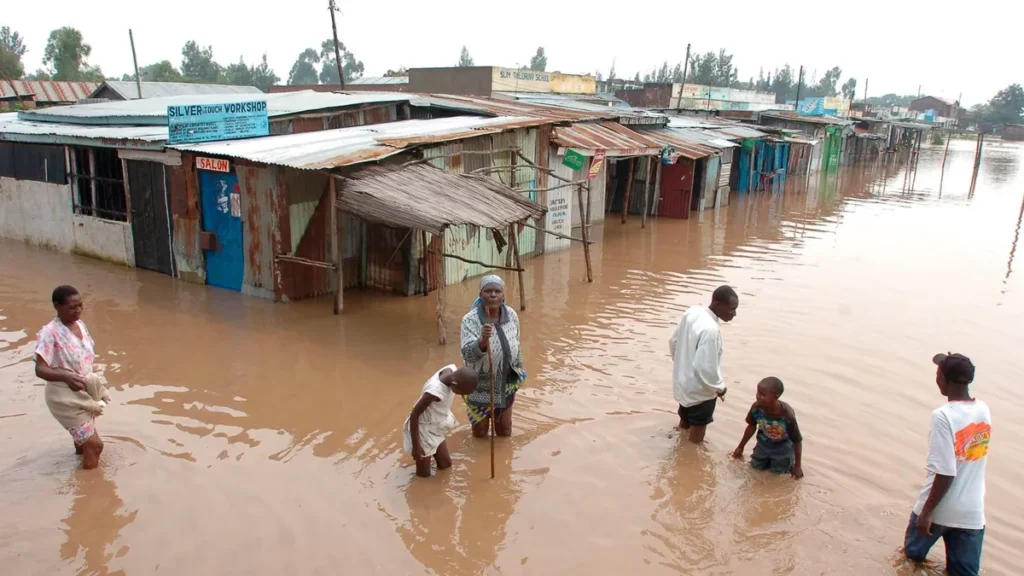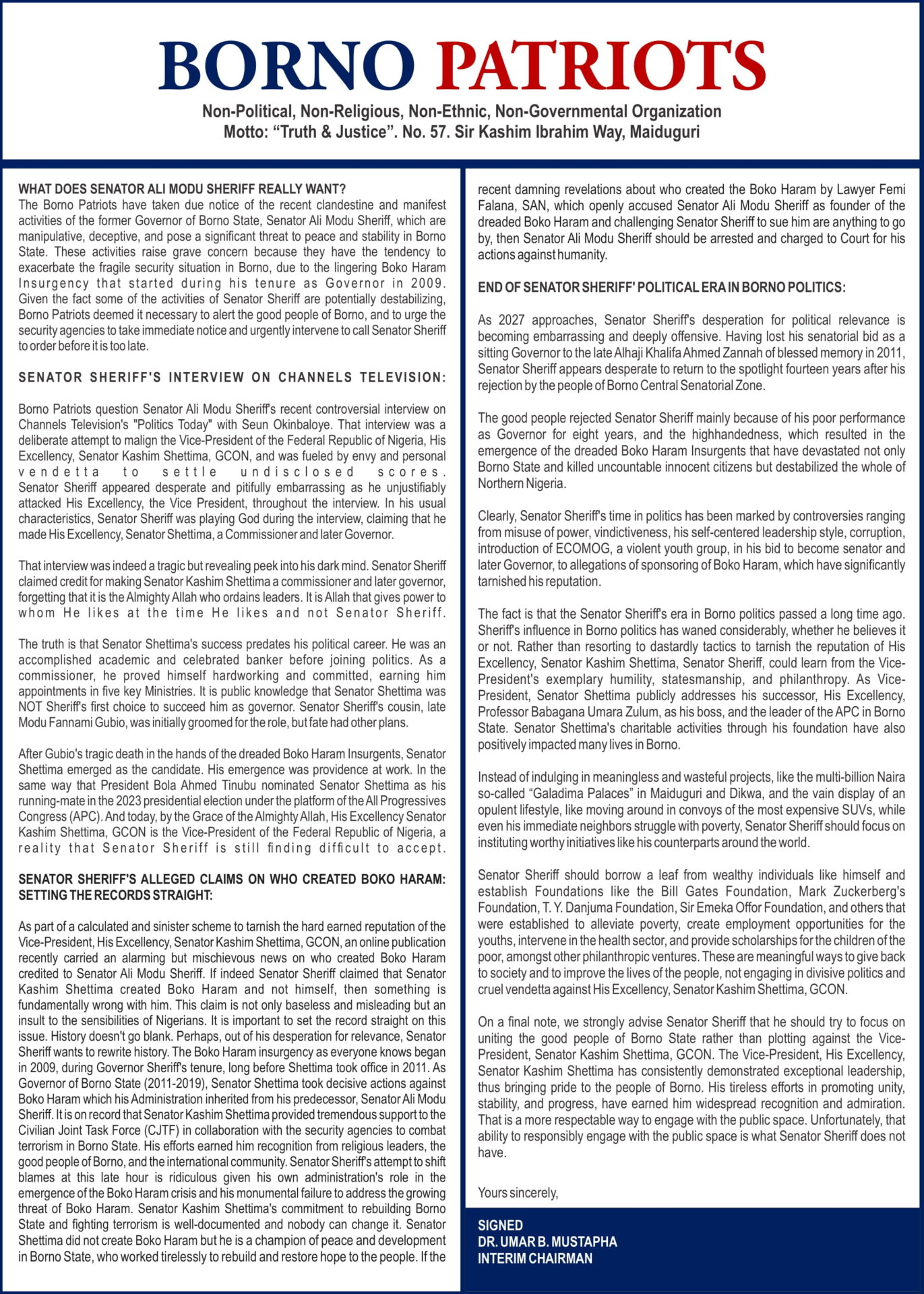THE death toll from floods that have devastated many parts of Kenya has almost doubled to 120, a government official said on Tuesday.
More than 89,000 households have also been displaced and are being sheltered in over 112 camps, top interior ministry official Raymond Omollo said in a statement.
Kenya and its Horn of Africa neighbours Somalia and Ethiopia are battling flash floods caused by torrential rains linked to the El Nino weather pattern.
The floods are exacerbating the humanitarian crisis in the region just as it emerges from the worst drought in four decades that left millions of people hungry.
Omollo said four counties in eastern Kenya were the worst hit while another 10 were on high alert.
Kenyan President William Ruto chaired an emergency cabinet meeting on the disaster on Monday, pledging to release billions of Kenyan shillings (millions of dollars) to the affected areas.
His office had said in a statement after that meeting that 76 Kenyans had perished and more than 35,000 households had been forced from their homes.
“The above-normal precipitation, resulting from El Nino, has led to widespread flooding that has regrettably led to loss of lives, displacement of families, disease outbreaks, destruction of infrastructure and property, as well as prolonged power outages across Kenya and many parts of the Eastern Africa region,” it said.
The Horn of Africa is one of the regions most vulnerable to climate change and extreme weather events are occurring with increased frequency and intensity.
Ahead of the start of the UN’s COP28 climate summit in Dubai on Thursday, Ruto warned in an address to the European Parliament last week that Africa was “at the forefront of environmental vulnerability”.
At a pan-African climate summit in Nairobi hosted by Ruto in September, the continent’s leaders had called for global finance reform to boost renewable energy and a carbon tax.
In Somalia, the government said last week that the death toll from the flash floods is close to 100, with more than 700,000 driven from their homes and almost two million people affected in total.






